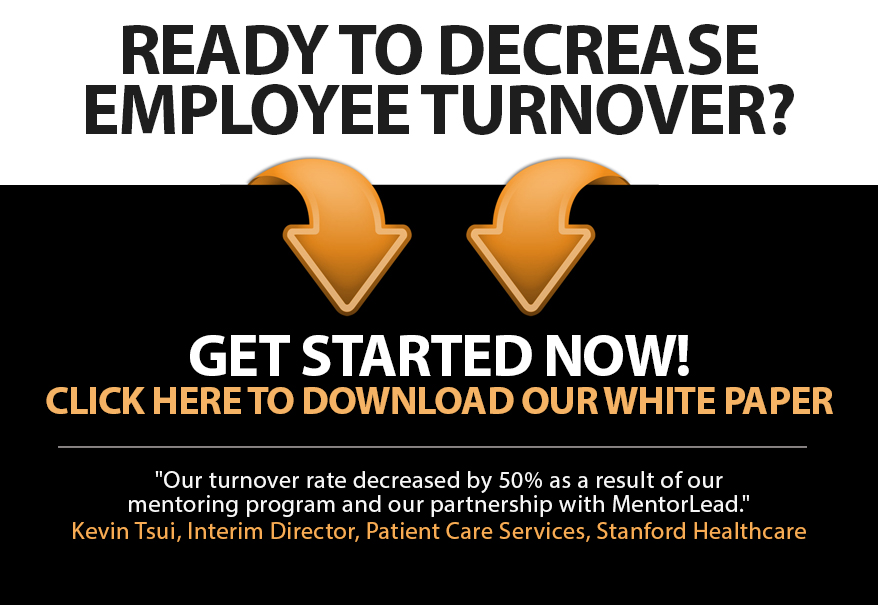
It’s Hard to Distrust Up Close
In the National Geographic documentary entitled, Gender Revolution, the host Katie Couric, quoting Dr. Oz, emphasized, “It’s hard to hate up close.”
Such a powerful statement. Think of the prolific hatred online, people passing judgment over complete strangers while hiding behind a keyboard…
What does this have to do with our commitment to lead while managing? Everything.
It’s not just hard to hate up close; it’s hard to distrust up close.
As managers who lead, we are in a constant battle with distrust – it rages like wildfire. And when distrust looms, it is nearly impossible for us to make a difference with people.
So how does “up close” alter distrust?
Disconnection breeds distrust. The more disconnected people are from each other, the more they assume, speculate, and postulate. Essentially we make up stories. And unchecked, stories yield suspicion and distrust.
But when we are “up close” with people, we get to know them and they get to know us. We discover their experiences, we invalidate our stories. And from this personal connection, trust flourishes.
So our priority needs to be: get up close with our people.
- Be curious about others
- Ask about their experiences – personally and professionally
- Stop relying on email and texts to connect and communicate
- Pick up the phone
- Use video conferencing (this is a game-changer for my team)
- Show up in person – be with people
- Seek their side of the story
- Address conflict intentionally
- Create together – plans, ideas, solutions
As we connect with people personally, our assumptions, fabrications, and speculations about them – and theirs about us – evaporate. And that allows trust to prosper.
We just need to get up close.






